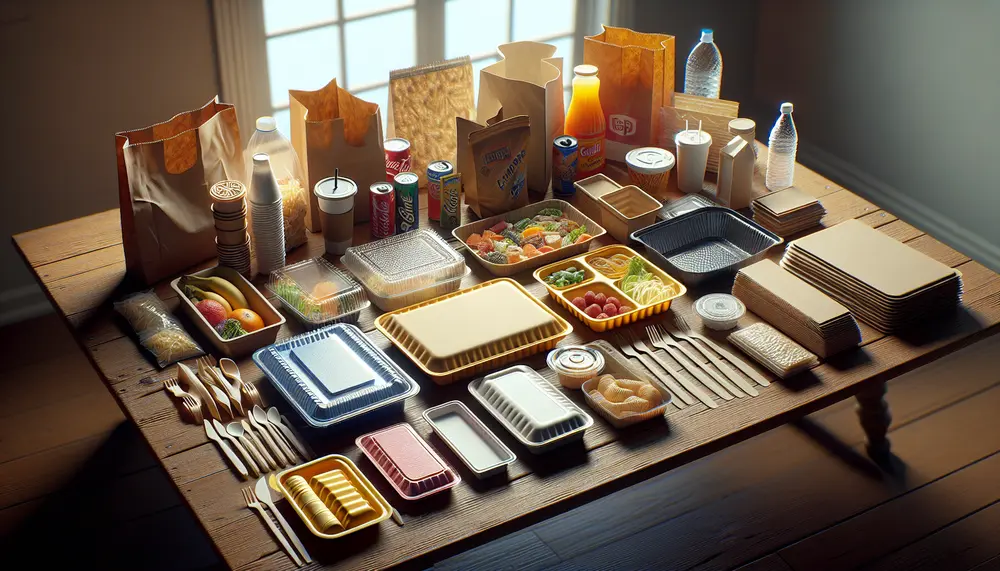Nanotechnology
Nanotechnology
Nanotechnology in Packaging
Nanotechnology refers to the science of manipulating materials on an atomic or molecular scale. In the context of packaging, it involves the use of nanoparticles to enhance the properties of packaging materials.
What is Nanotechnology?
Nanotechnology deals with structures that are between 1 and 100 nanometers in size. To put it in perspective, a nanometer is one-billionth of a meter. This technology allows scientists to create materials with unique properties.
Benefits of Nanotechnology in Packaging
Using nanotechnology in packaging offers several benefits. It can improve the strength and durability of packaging materials. It also enhances barrier properties, making packaging more resistant to oxygen, moisture, and light.
Applications of Nanotechnology in Packaging
Nanotechnology is used in various packaging applications. For example, it can create antimicrobial packaging that extends the shelf life of food. It can also be used to develop smart packaging that monitors the condition of the product inside.
Examples of Nanotechnology in Packaging
One example is the use of nano-clay to create lightweight yet strong packaging. Another example is the use of nano-silver particles to provide antimicrobial properties. These innovations help in reducing waste and improving product safety.
Challenges and Considerations
While nanotechnology offers many advantages, it also presents challenges. The safety of nanoparticles is still being studied. Regulatory guidelines are needed to ensure safe use in packaging. Despite these challenges, the potential benefits make nanotechnology a promising field in packaging.
Blog Posts with the term: Nanotechnology
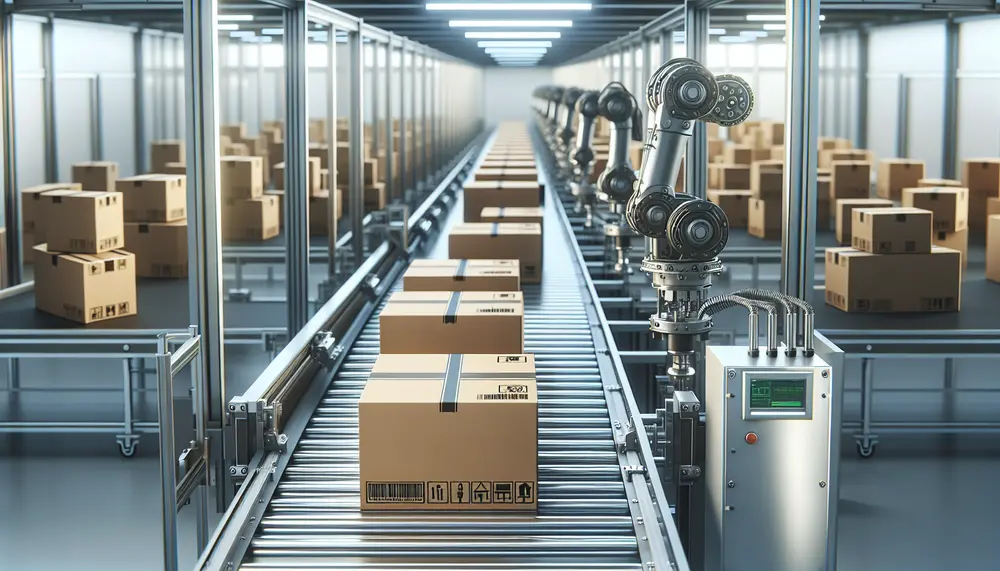
The packaging industry's value chain encompasses material procurement, design and development, manufacturing, distribution, marketing, sales, and after-sales service. Challenges such as environmental regulations, consumer demands for sustainability, cost volatility, technological advances, globalization issues, and supply chain complexity necessitate strategic planning...
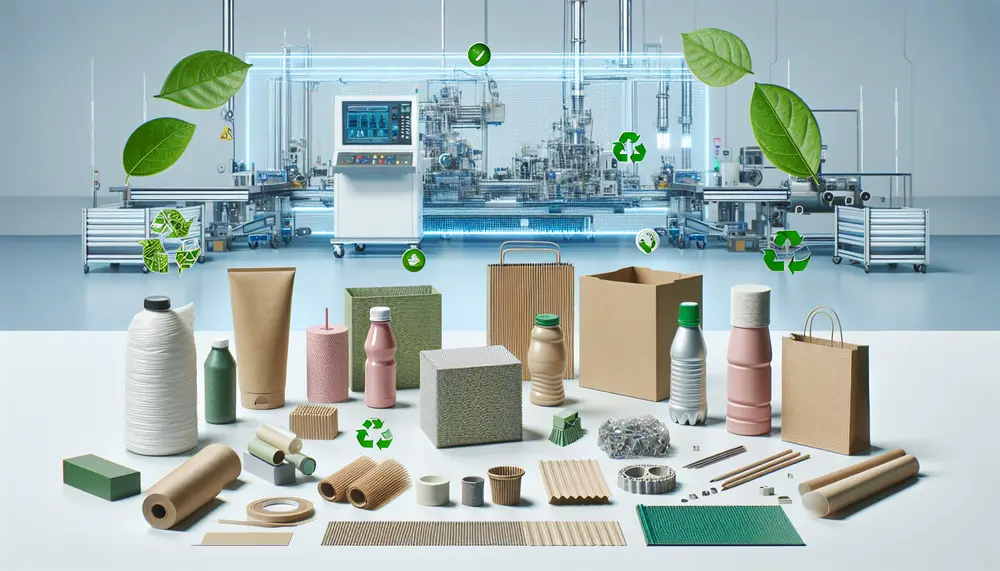
The packaging and technology revolution is transforming product protection, preservation, and presentation through intelligent systems, AR/VR experiences, digital printing for customization, with a focus on data security in smart packaging solutions. This intersection of fields offers innovation opportunities across industries. Technology's...
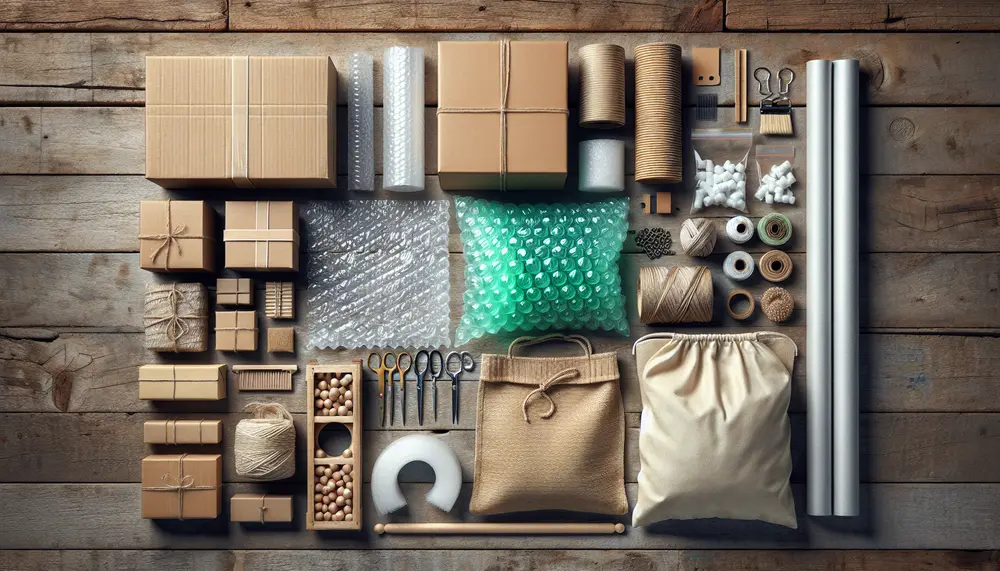
Packaging materials range from traditional paper and glass to modern bioplastics, each with unique properties affecting product safety, cost-effectiveness, and environmental impact. Selecting the right packaging is crucial for brand identity, customer satisfaction, and sustainability; factors like protection needs, branding...
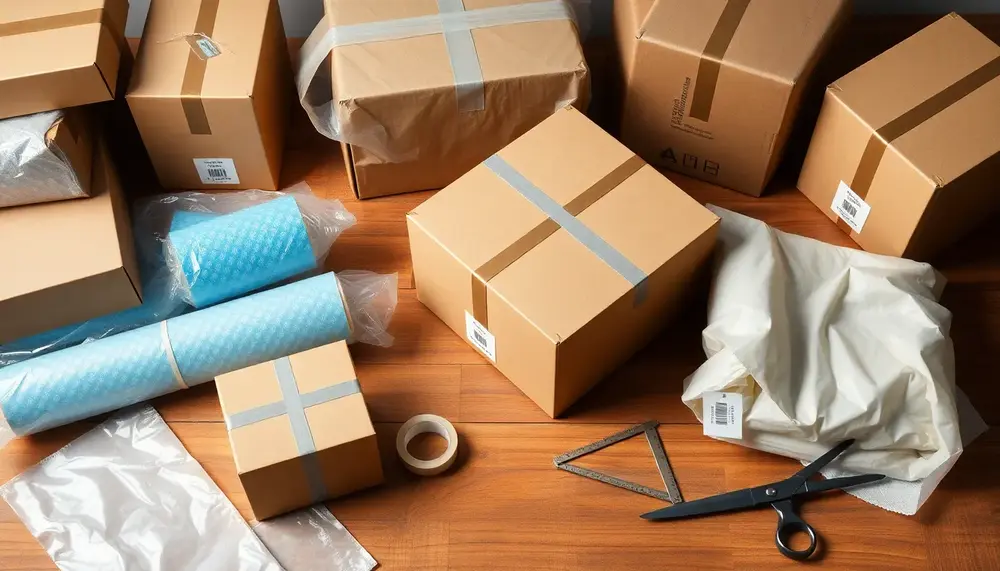
The Critical Packing Parameter (CPP) is a crucial metric in surfactant science that predicts how molecules arrange themselves based on tail volume, head area, and tail length, aiding applications from detergents to drug delivery. Understanding CPP helps forecast molecular behavior...
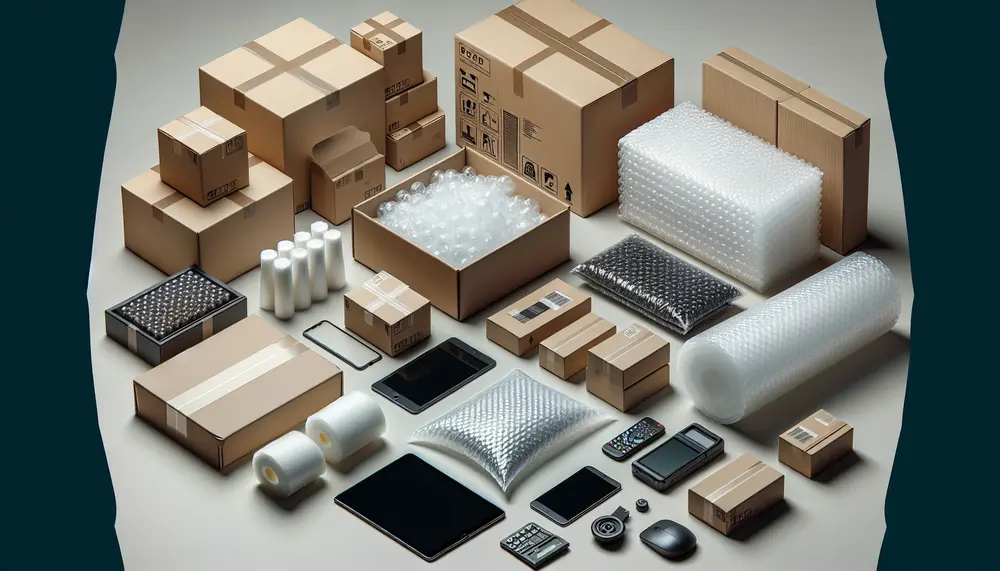
Effective electronic packaging is essential for protecting devices during transport and storage, impacting customer satisfaction and brand reputation. A guide to materials like plastic cushioning, thermoformed plastics, shielding bags, foams, and desiccants helps in selecting the right protection based on...
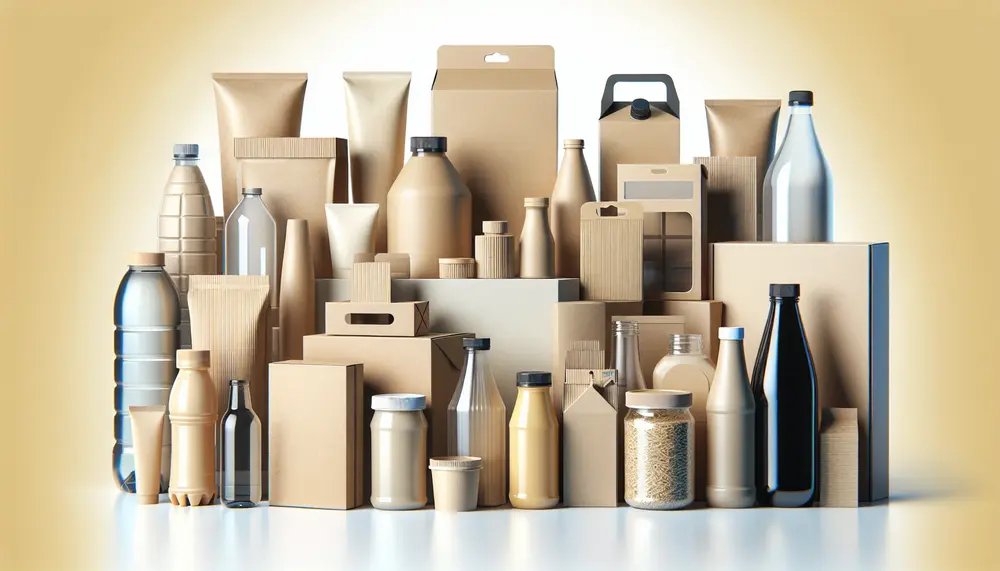
Packaging design has evolved from mere protection to a complex brand storytelling and consumer engagement tool, incorporating aesthetics, functionality, sustainability, and technology. It enhances user experience through convenience, visual appeal, emotional connection, and by reflecting the product's quality....
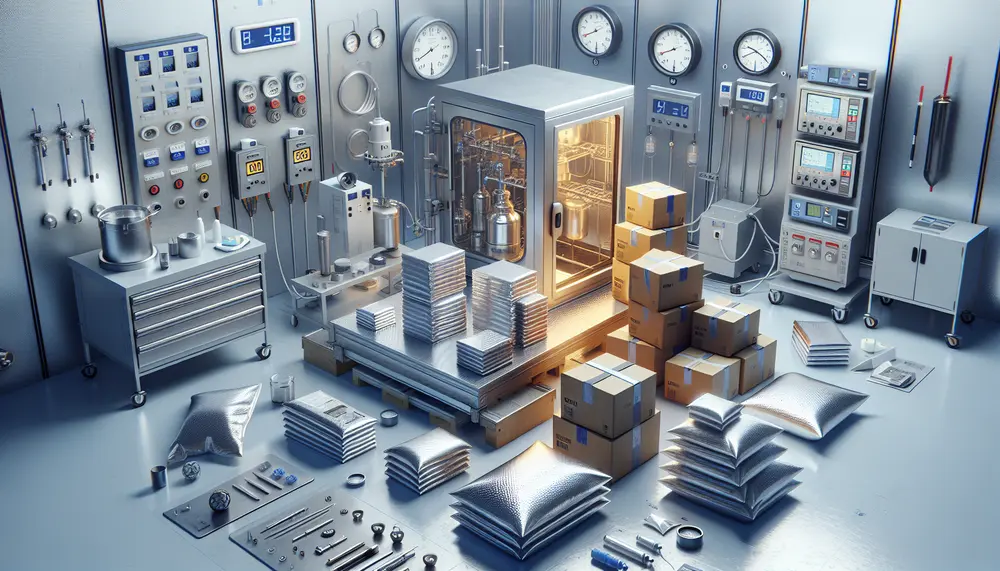
Heat resistant packaging materials are designed to protect contents from high temperatures during transportation or storage, with various forms for different applications and levels of protection. Innovations aim to enhance heat resilience while considering cost-effectiveness and environmental impact. Thermal stability...
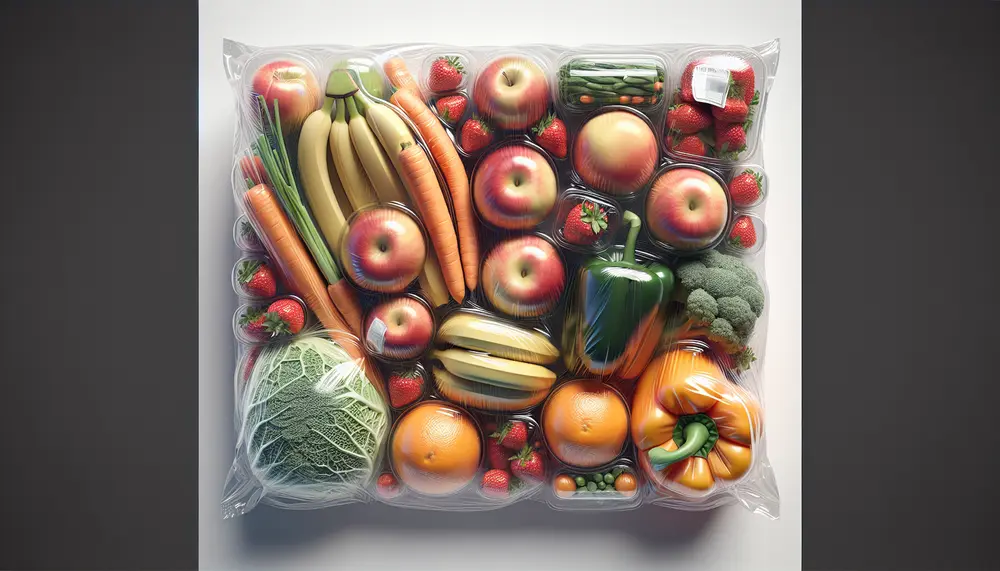
Packaging for fruits and vegetables is crucial in ensuring produce reaches consumers fresh, extends shelf life by controlling moisture and airflow, protects from contaminants, and maintains hygiene. The choice of packaging materials like corrugated boxes or breathable bags depends on...
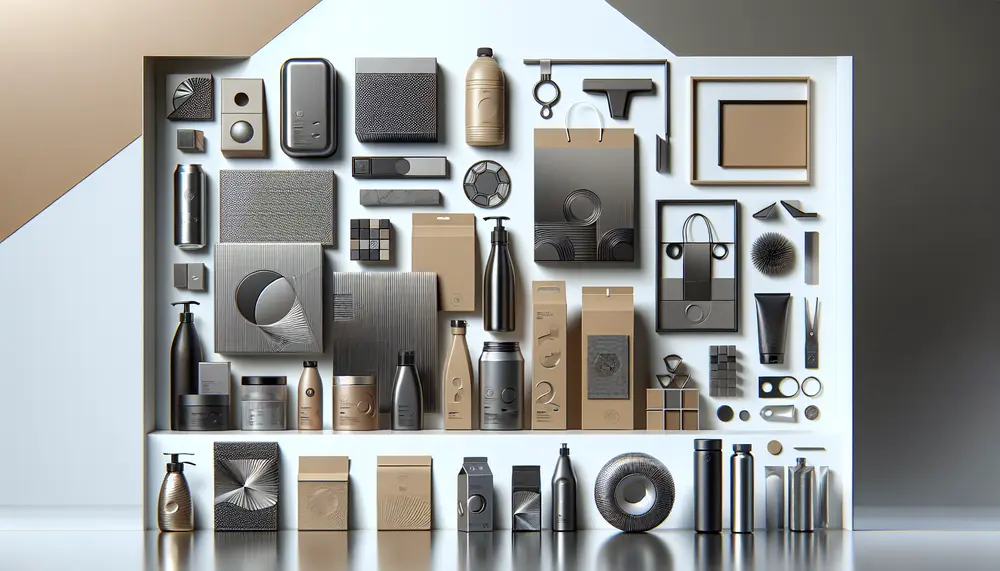
The 2024 packaging design trends emphasize aesthetics, functionality, and sustainability to enhance brand storytelling and consumer engagement. Trends include eco-friendly materials that reduce environmental impact but may increase costs, minimalist designs that offer a clean aesthetic while potentially being too...
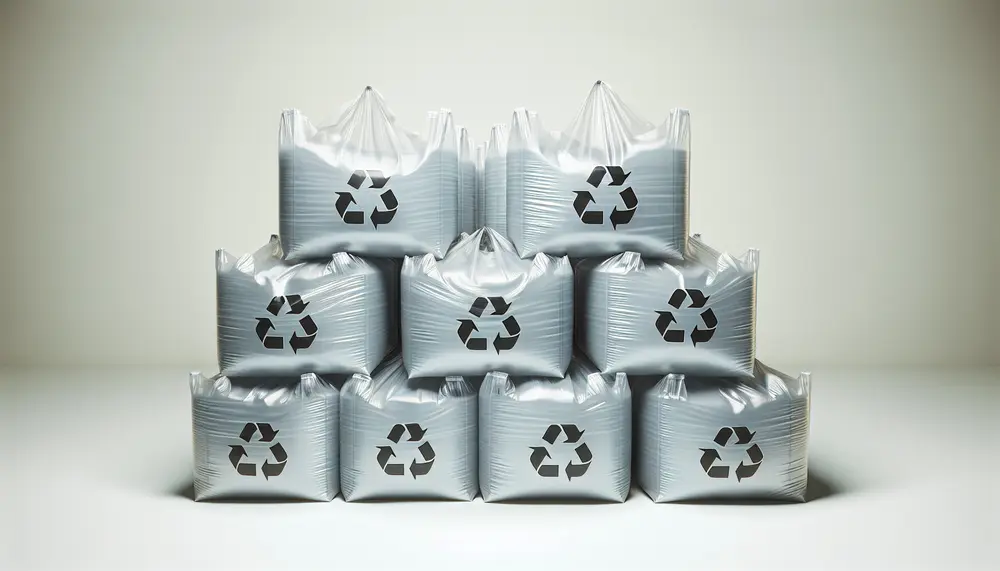
HDPE bags are known for their strength, flexibility, and eco-friendliness due to their robust molecular structure; they resist impacts, chemicals, moisture, and temperature variations while being recyclable. Their durability allows multiple uses and secure transportation of goods with less environmental...

The pharmaceutical packaging industry is rapidly evolving with trends focusing on sustainability, smart technologies, and personalized solutions to meet consumer demands and regulatory requirements. While these innovations offer benefits like reduced environmental impact and enhanced patient engagement, they also present...

Sustainable packaging is a comprehensive approach to minimizing environmental impact throughout the lifecycle of packaging, essential for both ecological preservation and meeting consumer demand for green products. Eco-friendly packaging has become a significant factor in purchasing decisions, with consumers willing...
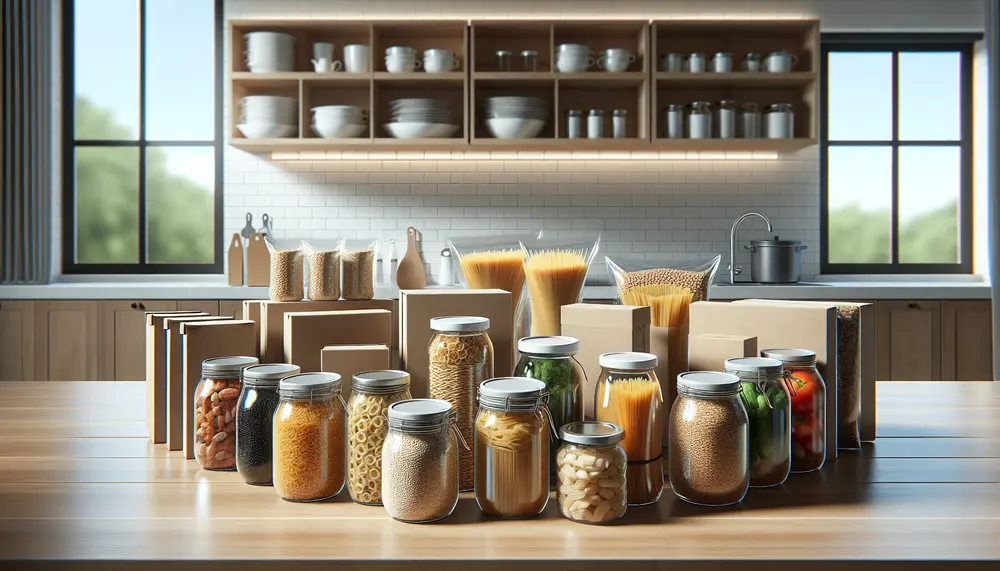
A Food Grade Packaging Statement is a declaration ensuring that packaging materials are safe for direct contact with food and comply with safety standards to protect consumer health. It includes information on material types, suitability for specific foods, and safety...
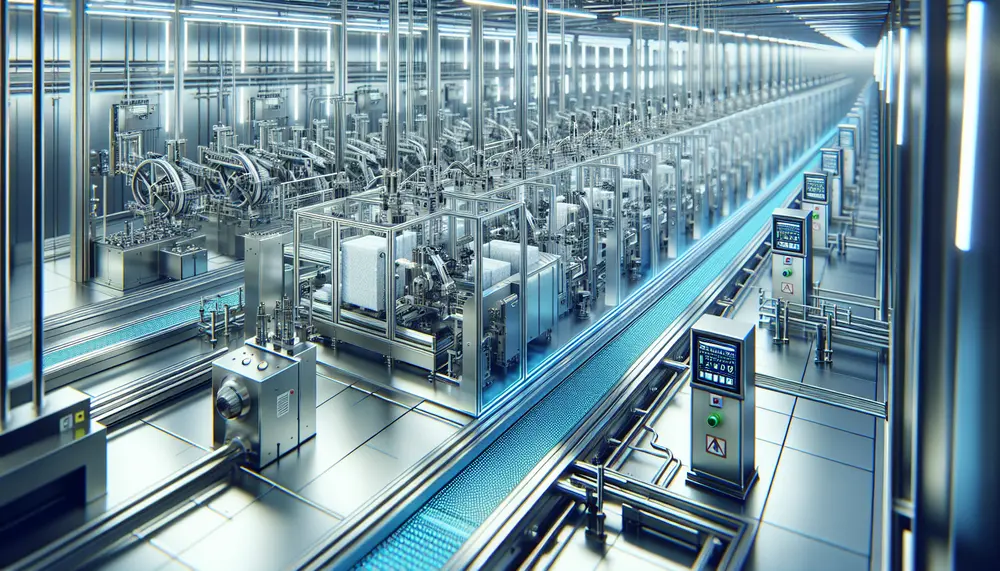
Packaging technology is crucial for product protection, shelf life extension, and consumer information; it involves material science and design innovation to create sustainable solutions. Cutting-edge materials like bioplastics and smart substances are shaping the industry's future with enhanced functionality and...

